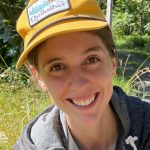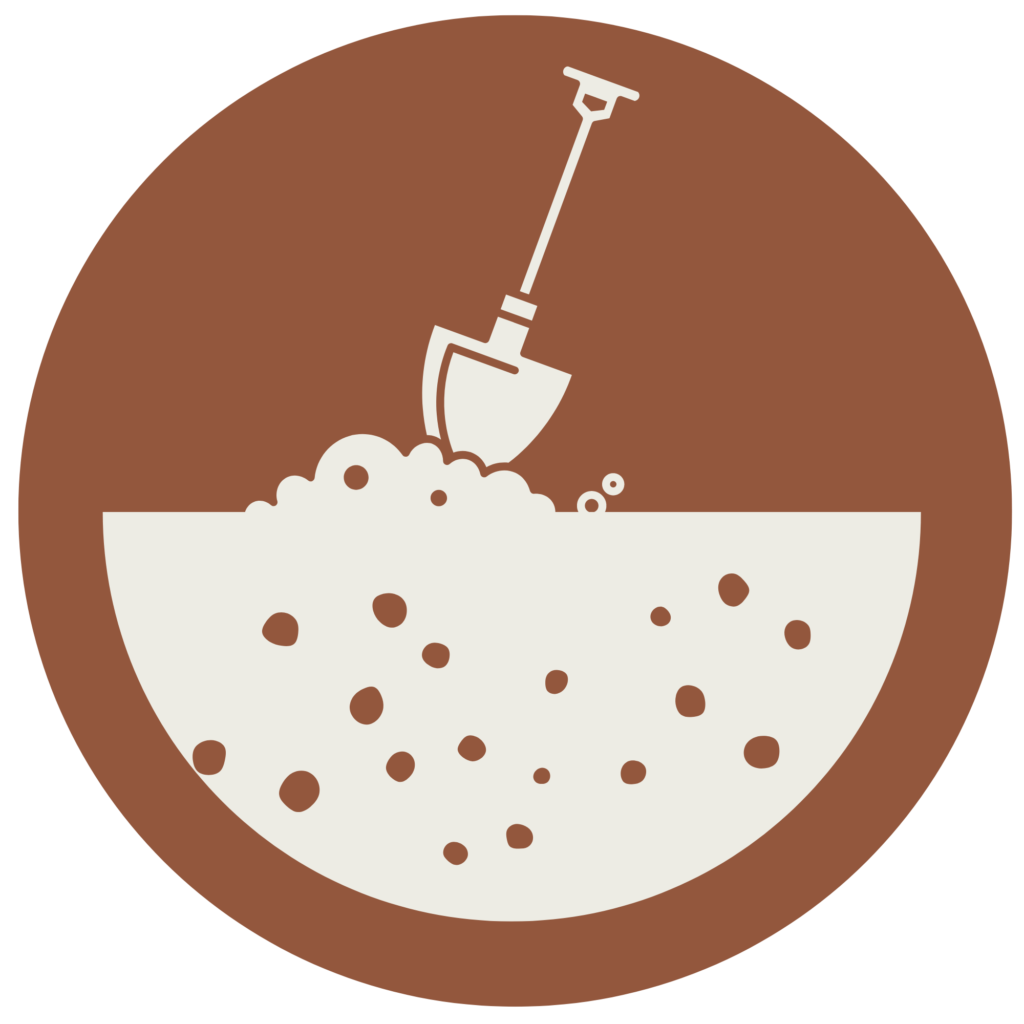
Soil is the foundation of land-based food webs. Resilient habitats begin with healthy soil systems. This entails implementing sustainable land management practices, preventing soil erosion, and minimizing soil contamination to maintain a rich and functional habitat for wildlife.
Little Habitat Certification Levels
Level I: Acorn
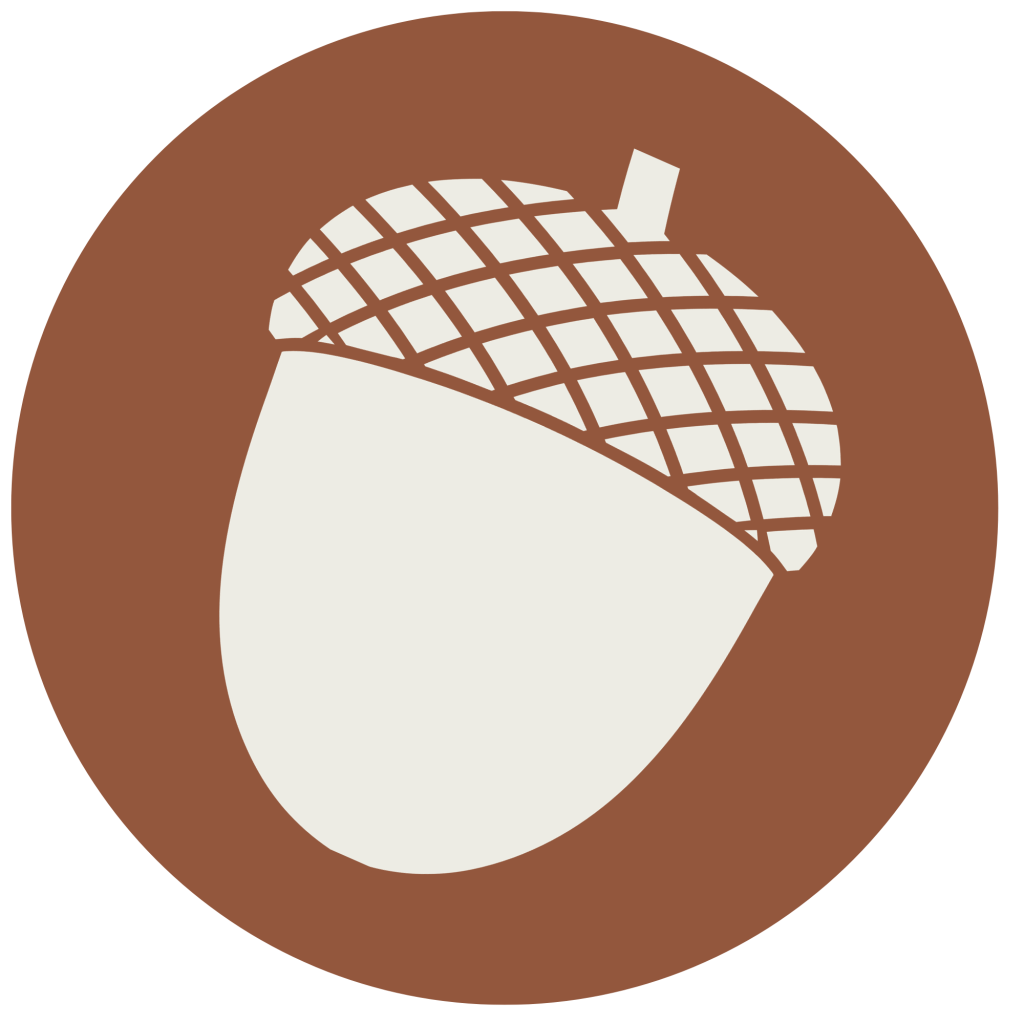
- Level I: Choose One Action Item
Level II: Seedling
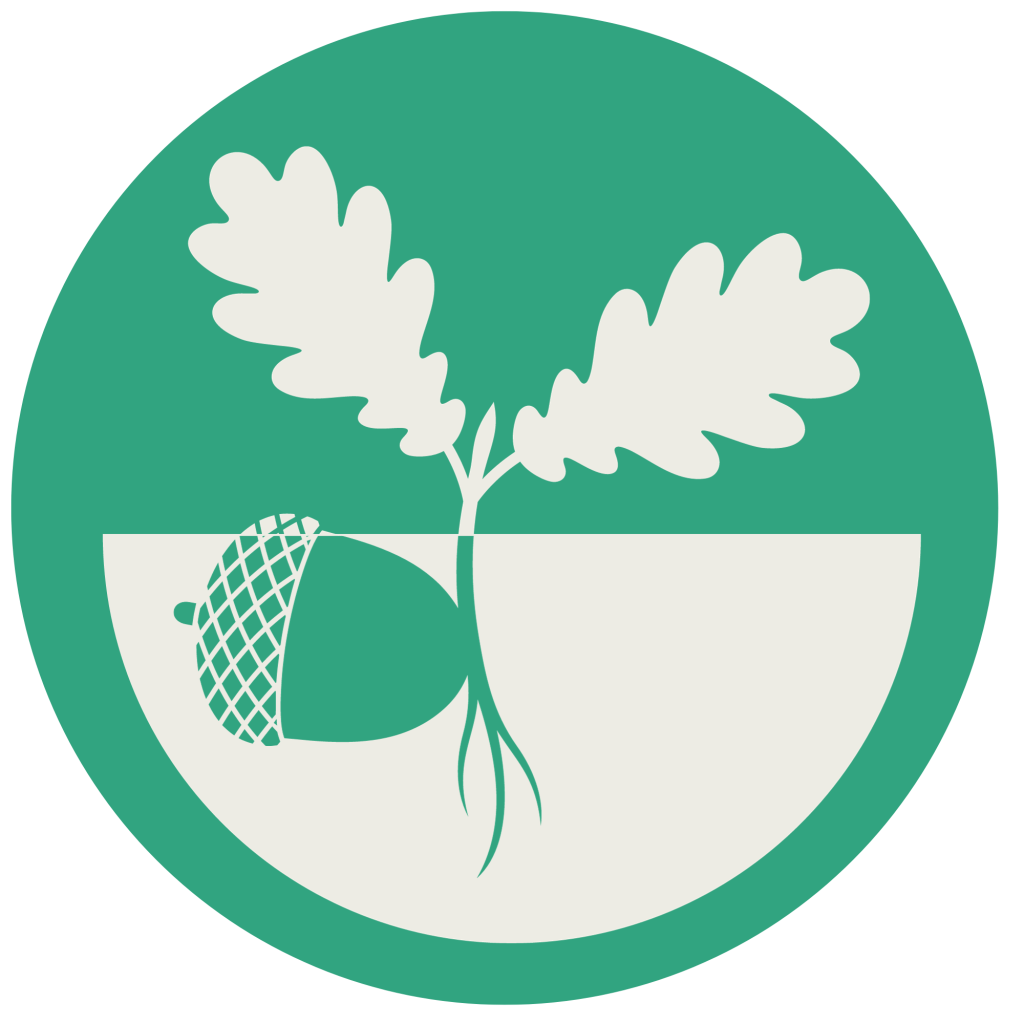
- Level II: Choose Two Action Items
Level III: Oak

- Level III: Choose Three Action Items
Soil Actions
Click on any action to learn more about it.
Add Compost from Off-Site
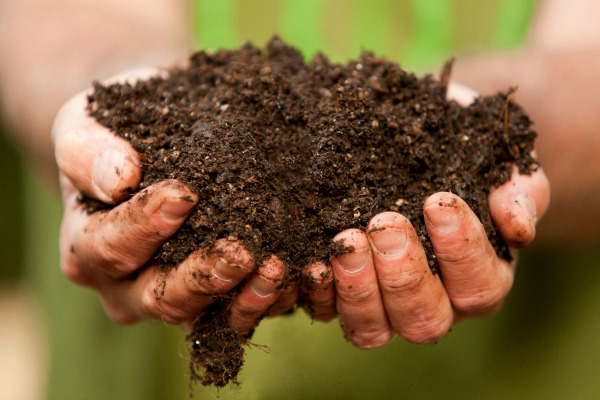
Adding compost improves soil quality and health. Compost can reduce erosion, increase fertility, improve water holding capacity, regulate pH, promote soil microbial activity, and benefit beneficial insects. Compost also introduces beneficial microorganisms to the soil and act as a food source for beneficial fungi, bacteria, and earthworms. The best time to apply compost is before planting, after harvest, or as a top dress during the growing season as needed. Compost can be sourced in bulk or in bags from local landscape supply stores.
For More Info…
Leave the Leaves
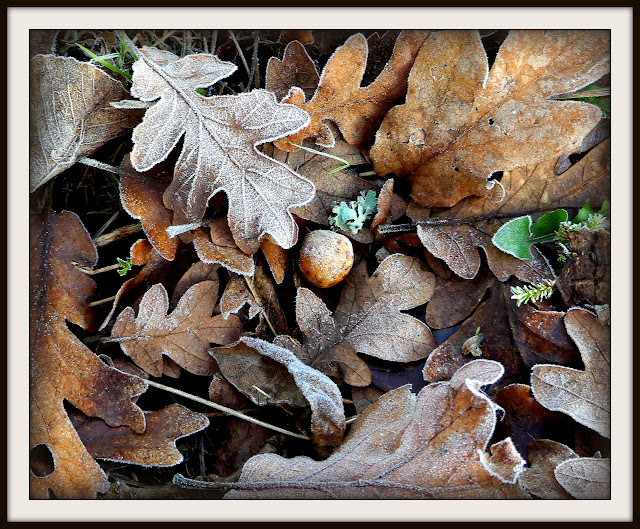
Leaving the leaves or using leaf litter as mulch instead of raking them up will provide many benefits to managed landscapes: nutrients to support plant health; organic matter to improve soil structure;, food for birds that rely on insects overwintering in the leaves; microbial diversity including microorganisms, bacteria, and fungi that contribute to decomposition and nutrient cycling; shelter for pollinators & insects, spiders, small mammals, and amphibians that play an important role in ecosystem function.
Plant Cover Crops
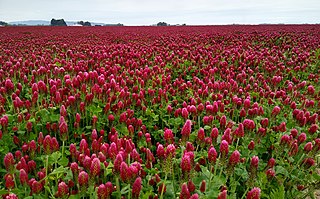
Planting cover crops reduces erosion, suppresses weeds, and adds nutrients back into the soil. Many cover crops, also known as green manure and living mulch, capture nitrogen from the air and make it available for use by plants. Several cover crop options exist, including legumes (crimson and peas) and grasses (barley and rye). Winter cover crops have the most success when planted in late August to early October to ensure establishment before the winter. If you are not planning on keeping the cover crop as a permanent ground cover, make sure to terminate the crop before it goes to seed.
For More Info…
Add Wood Chips
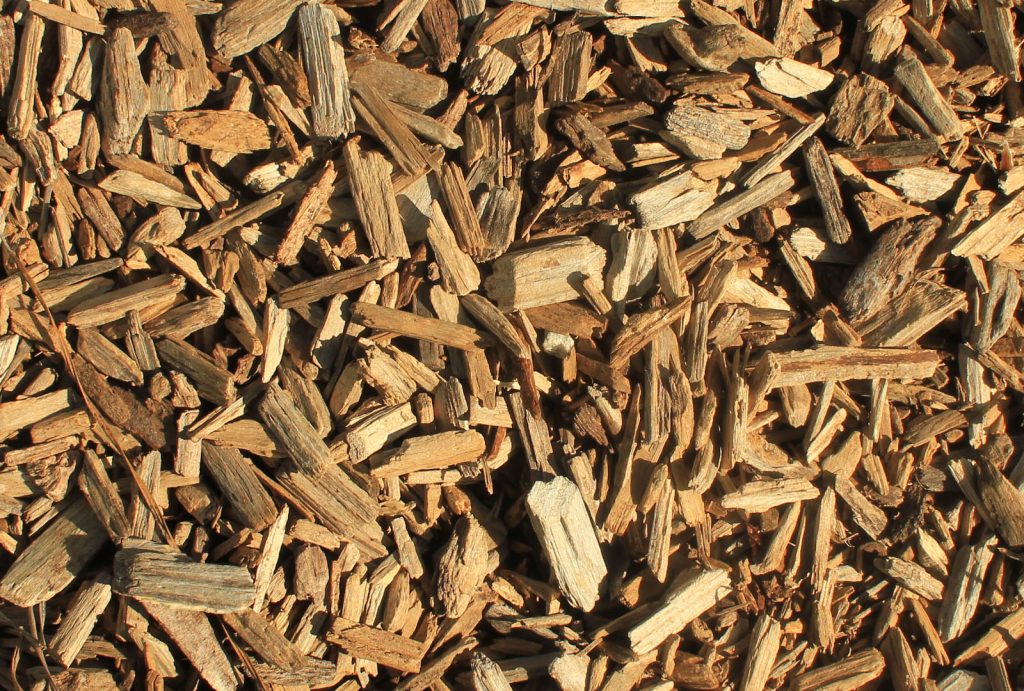
Adding woodchips to the soil increases porosity, improves water retention, and protects from weeds. Woodchips create air pockets within the soil that are important for root growth and nutrient uptake. Different sizes of woodchips can be sourced depending on the intended use. Source woodchips from landscape supply shops or local arborist companies. Avoid walnut wood chips, which deter other plants from growing. Reapply in spring and fall as needed. Leave gap around tree base to avoid trunk rot. If mixing woodchips into the soil, allow them to partially decompose beforehand. Fresh woodchips can deplete nitrogen in the soil. If you do not have time to let the chips age, apply them as mulch and avoid shallow-rooted plants.
Construct a Compost Pile
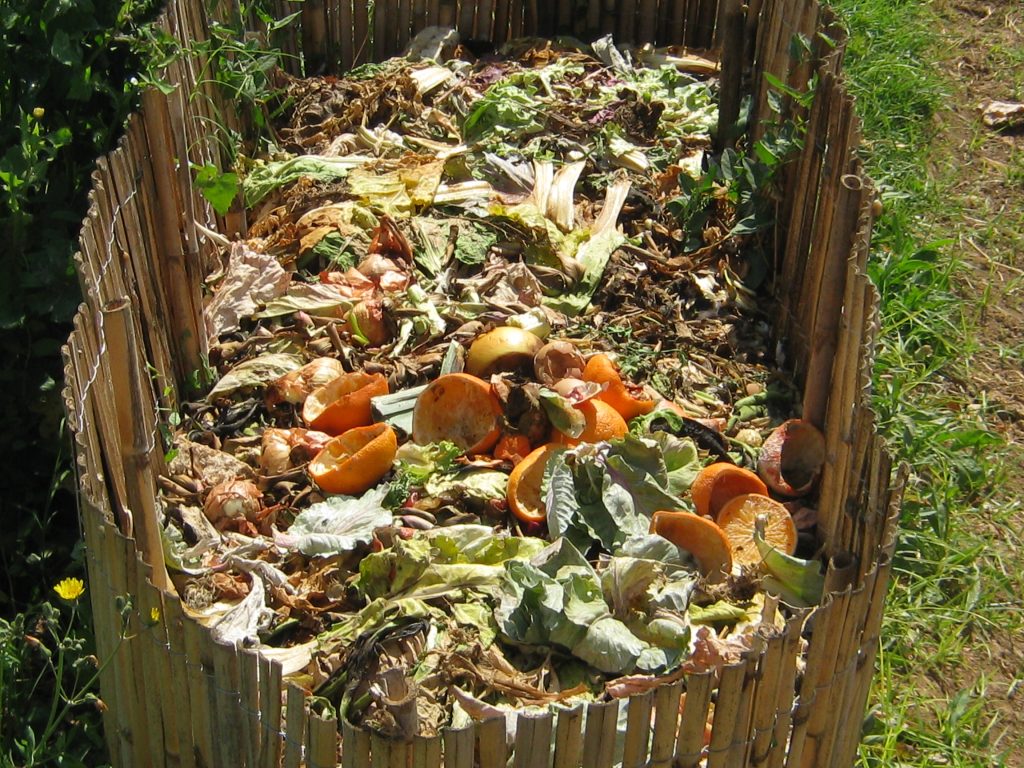
A compost pile will transform yard waste and food scraps into a dark, crumbly, and rich amendment teeming with microorganisms and nutrients. To make compost, mix one-part nitrogen-rich material ‘greens’ with two parts of carbon-rich material ‘browns’ to ensure the optimum ratio of nitrogen and carbon. There are different styles of composting such as active and passive composting. Active composting requires more frequent turning and watering, resulting in an end product sooner. Passive composting is less intensive, requires a holding bin, and takes around 8-12 months to get a finished product. Animal products, weeds, and pet waste should be avoided in home composting.
Create a Vermicompost Bin
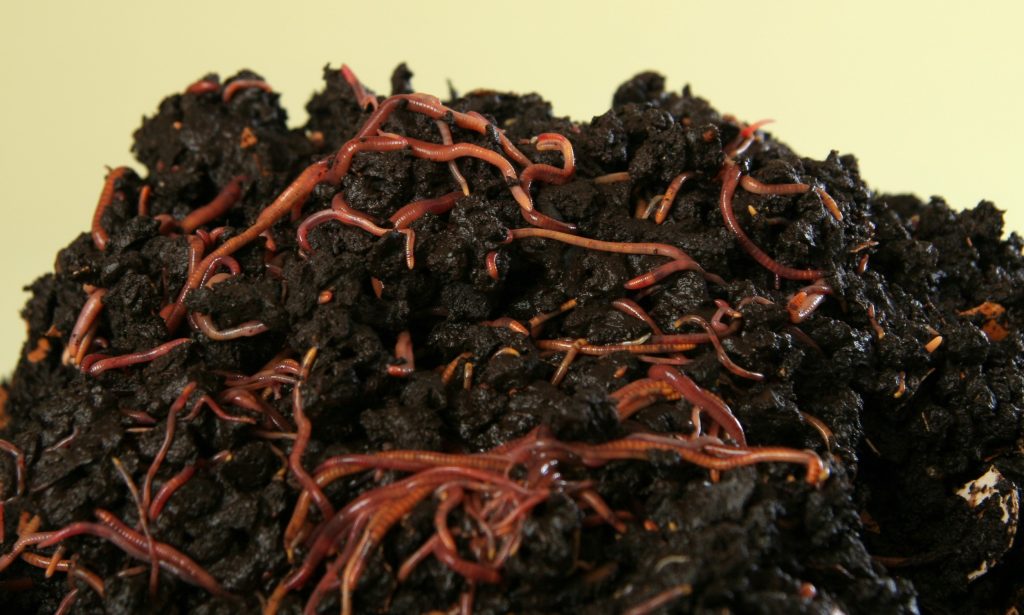
Creating a vermicompost bin will help convert food waste into a usable soil amendment. Vermicomposting is a process of composting organic materials using earthworms. These worms will help break down the organic matter into nutrient-rich compost through their feeding and digestion process. This type of compost provides rich nutrients, improves soil structure, and increases microbial activity. To set up a vermicomposting system, you will need a suitable container, bedding materials such as shredded newspaper or cardboard, composting worms (typically red wigglers), kitchen waste scraps, and proper maintenance. Make sure you avoid animal/dairy products, oily foods, spicy foods, and highly acidic food items such as citrus.
Pick Up and Dispose of Pet Waste
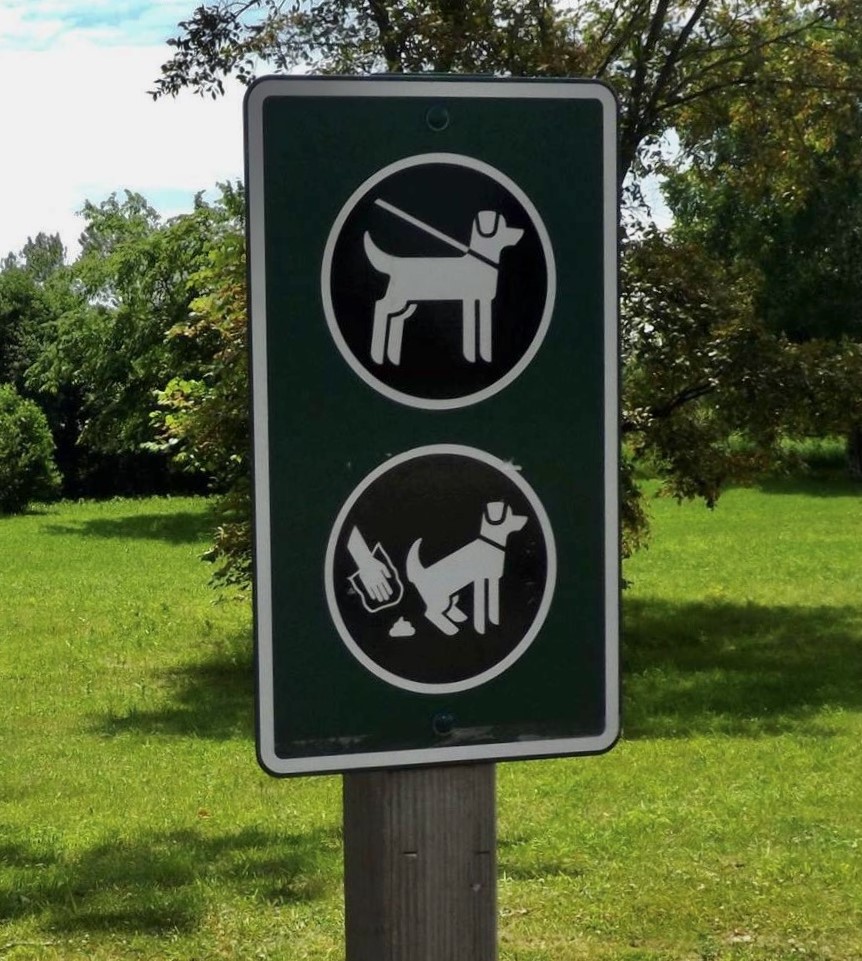
Picking up and disposing of pet waste in the trash can help reduce E. coli bacteria and parasites in the soil that can harm the environment, people, and other animals. The best disposal method is to put pet waste in a trash can to prevent it from entering local waterways. Pet waste can negatively impact water quality since it contains nutrients that cause algae blooms and wastewater treatment plants are not able to remove all pathogens. Pet waste can also make other pets sick with diseases such as parvovirus.
Create Bare Patches of Soil

Bare patches of soil can help support ground-nesting bees. 70% of native bees nest in the ground in holes they excavate themselves. We don’t know much about where ground nesting bees like to live, but they seem to prefer sunny areas with exposed soil. To help ground-nesting bees, select a site that is open with good drainage. Clear most of the vegetation; it is okay to leave some low plants like grass to help keep soil in place. Don’t dig up the soil as bees need stable ground for nesting.
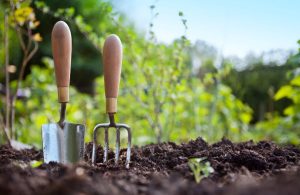
Test Your Soil
Interested in getting a soil test conducted on your own property? Check out the Analytical Laboratories Serving Oregon that offer a variety of testing options, including nutrients, contaminants, and plant analysis. Before submitting your sample, it’s a good idea to check the laboratory’s website or call them directly to clarify your testing objectives, the cost, shipping procedures, and turnaround time.
What Is My Soil Type?
Visit the web soil survey to find out how your soil is classified and what its capabilities are. Soil surveys can be used for general farm, local, and wider area planning.
